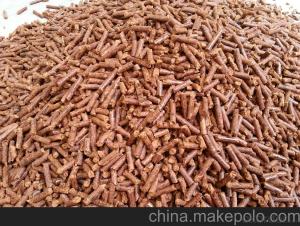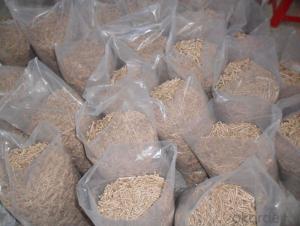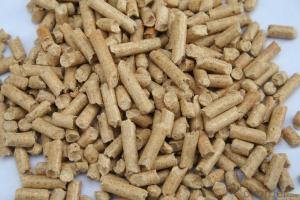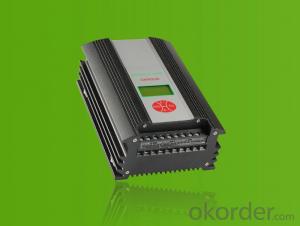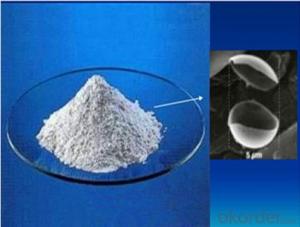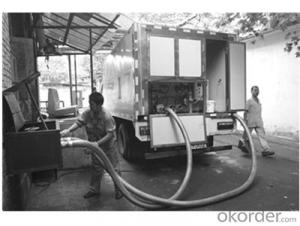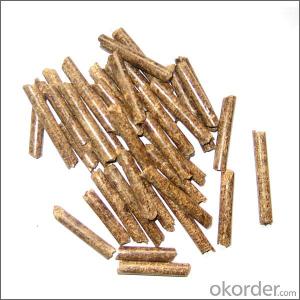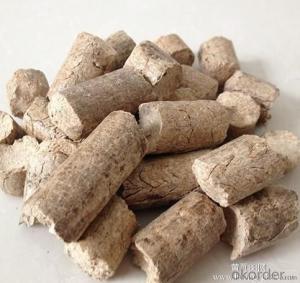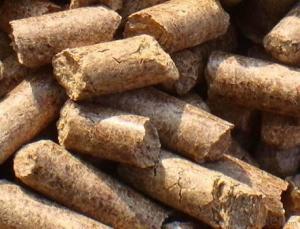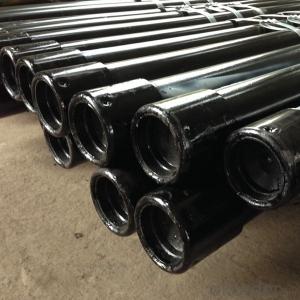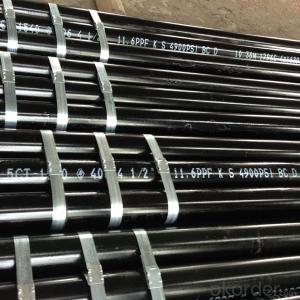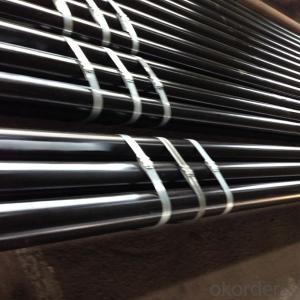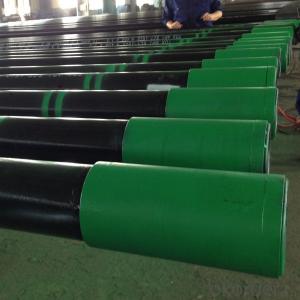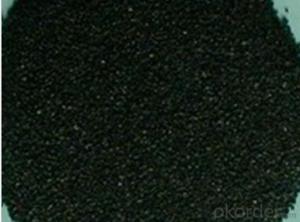Class C Oil Well Cement with API Certification
- Loading Port:
- China main port
- Payment Terms:
- TT OR LC
- Min Order Qty:
- 1 m.t.
- Supply Capability:
- 10000 m.t./month
OKorder Service Pledge
OKorder Financial Service
You Might Also Like
Class C oil well cement:
It is made from Portland cement clinker mainly composed of hydraulic calcium silicate, and appropriate amount of gypsum by finely grinding. It is applicable to the under-well circumstances with high requirements during early strength period. It is used for cementing from ground to the well depth of 1830m. It contains three varieties, i.e. ordinary cement, moderate sulfate resistant cement (MSR) and high sulfate resistant cement (HSR).
Main parameters:
It complies with national standard GB 10238 Oil Well Cement and conforms to the American standard API Specification Edition 24 10A.
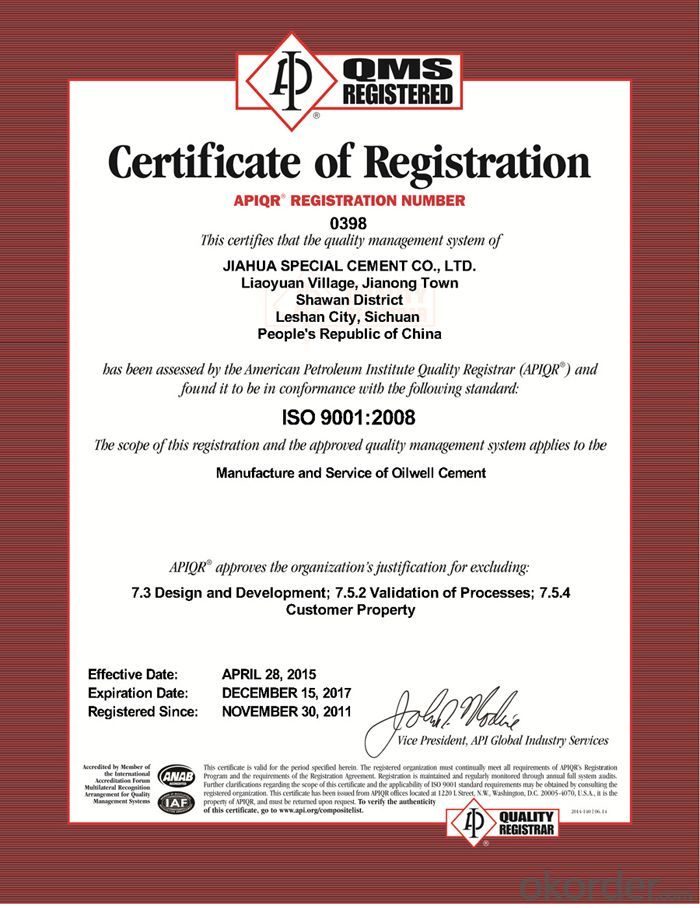
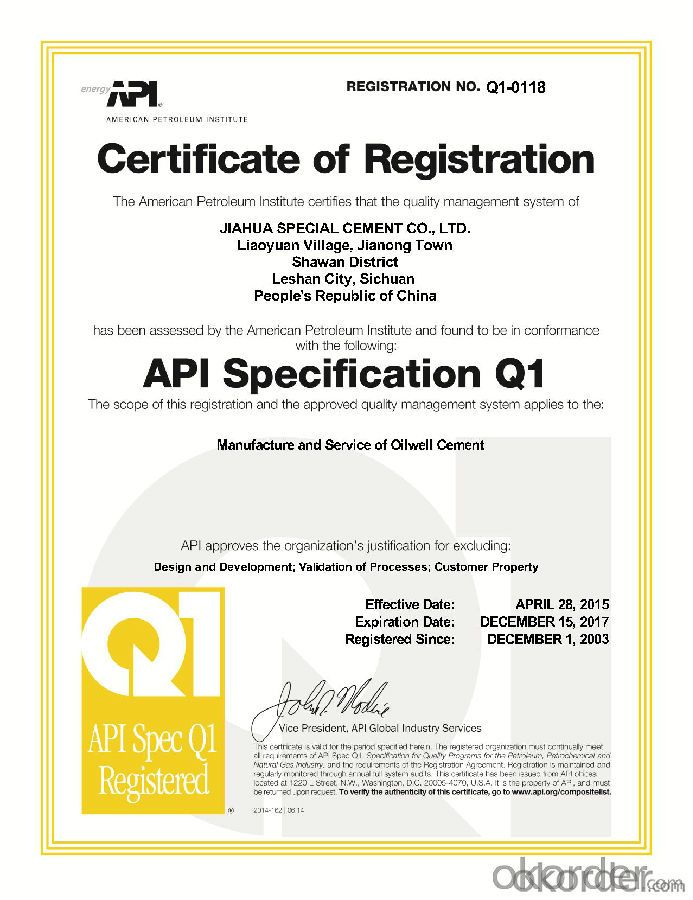
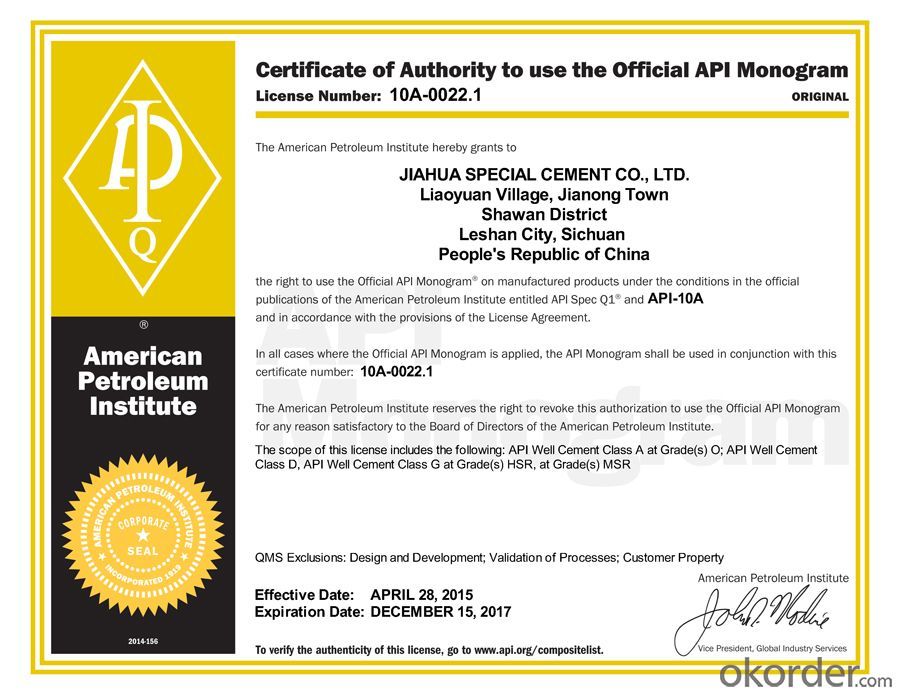
Packing and Storage
Packing: 1000kg/bag, 50kg/bag
Storage: Cement in transportation and storage when not damp and mixed with debris, different varieties and the strength grade of cement during storage to avoid confounding.
- Q:What are the courses? What is the difference between specialized research nuclear power, hydropower and so on? I hope not to copy the existing information on the Internet, I learned about the best seniors
- The professional training with the theory of heat and mechanics, machinery, energy science, system engineering and so generous, grasp the solar and wind energy, biomass energy and geothermal energy and other new energy professional knowledge, can be engaged in the production of clean energy, renewable energy development and utilization of energy, environmental protection, new energy development, engineering design, optimal operation and production management, cross discipline of advanced composite talents with comprehensive ability, strong innovation spirit and practical ability. Graduates in energy, construction, transportation, materials, electronics, environmental protection and other industries engaged in new energy and renewable energy products R & D and production, engineering design and construction, as well as teaching, research and management, etc..
- Q:What are the contents of bio energy
- Bio energy is a kind of renewable energy, which can convert biomass, water and other inorganic substances into biogas, hydrogen and other flammable gases or ethanol, oil and combustible liquid.
- Q:What is mobile energy? A new kind of energy? There is no actual product?
- The new energy automobile production enterprises and products access management rules has been officially implemented in July 1, 2009, the "rules" stressed that: new energy vehicles refers to the use of non conventional vehicle fuel as a power source (or the use of conventional fuels, the new vehicle power device), power control and drive advanced technologies. Integrated vehicle, the formation of advanced technology principle, with the new technology and new structure of automobile. New energy vehicles, including hybrid vehicles, pure electric vehicles (BEV, including solar cars), fuel cell electric vehicle (FCEV), hydrogen engine vehicles and other new energy sources (such as high energy storage, two ether) cars and other categories of products.
- Q:What are the tax policies for renewable energy companies?
- The national development and Reform Commission had issued the "renewable energy and long-term development plan" put forward, to 2020 the proportion of renewable energy in the energy structure to reach 16%, the proportion is still less than 1%. plan to increase financial input, the implementation of preferential tax policies "set down as a principle of the development and utilization of renewable energy.
- Q:What are the new energy products
- New energy (NE): also known as unconventional energy. Refers to the various forms of energy outside the traditional energy. Refers to the development or utilization of active research, to be promoted, such as solar energy, geothermal energy, wind energy, ocean energy, biomass energy and nuclear fusion energy, etc..
- Q:What is terminal energy consumption
- 1 as fuel, power use of energy refers to the energy into a variety of heating, power and other equipment, the production of light, heat, power consumption of energy2 as the raw materials used in industrial production. Energy refers to energy activities, as raw material is put into use, after a series of chemical reactions, gradually transformed into a new non energy products, such as chemical fertilizer plant for the production of synthetic ammonia, chemical factory production of synthetic rubber products such as the consumption of natural gas and coal coke consumption; production of dyes, plastics, textile products of raw oil.
- Q:Can the total energy consumption (equal value) be calculated in terms of the sum of the equal value of electricity and other energy
- Equal value is the amount of energy produced by another unit of energy consumed by a unit of energy.
- Q:How to solve the energy problem
- The increase of investment in science and technology energy, and actively develop new products for energy saving, develop clean and renewable energy, and on China's high energy consumption, waste of resources of industrial enterprises to accelerate the technological transformation and upgrading, and actively optimize the industrial structure, promote energy conservation, improve energy utilization rate.
- Q:New energy technology applications, including the professional
- 5 power electronics, a variety of new energy products are used to develop;6 the construction of the building, the need for various engineering structural design personnel.
- Q:Definition of low carbon energy
- The implementation of low-carbon energy refers to the development of clean energy, including wind energy, solar energy, nuclear energy, geothermal energy and biomass energy to replace coal, oil and other fossil fuels to reduce carbon emissions
1. Manufacturer Overview |
|
|---|---|
| Location | |
| Year Established | |
| Annual Output Value | |
| Main Markets | |
| Company Certifications | |
2. Manufacturer Certificates |
|
|---|---|
| a) Certification Name | |
| Range | |
| Reference | |
| Validity Period | |
3. Manufacturer Capability |
|
|---|---|
| a)Trade Capacity | |
| Nearest Port | |
| Export Percentage | |
| No.of Employees in Trade Department | |
| Language Spoken: | |
| b)Factory Information | |
| Factory Size: | |
| No. of Production Lines | |
| Contract Manufacturing | |
| Product Price Range | |
Send your message to us
Class C Oil Well Cement with API Certification
- Loading Port:
- China main port
- Payment Terms:
- TT OR LC
- Min Order Qty:
- 1 m.t.
- Supply Capability:
- 10000 m.t./month
OKorder Service Pledge
OKorder Financial Service
Similar products
New products
Hot products
Related keywords




